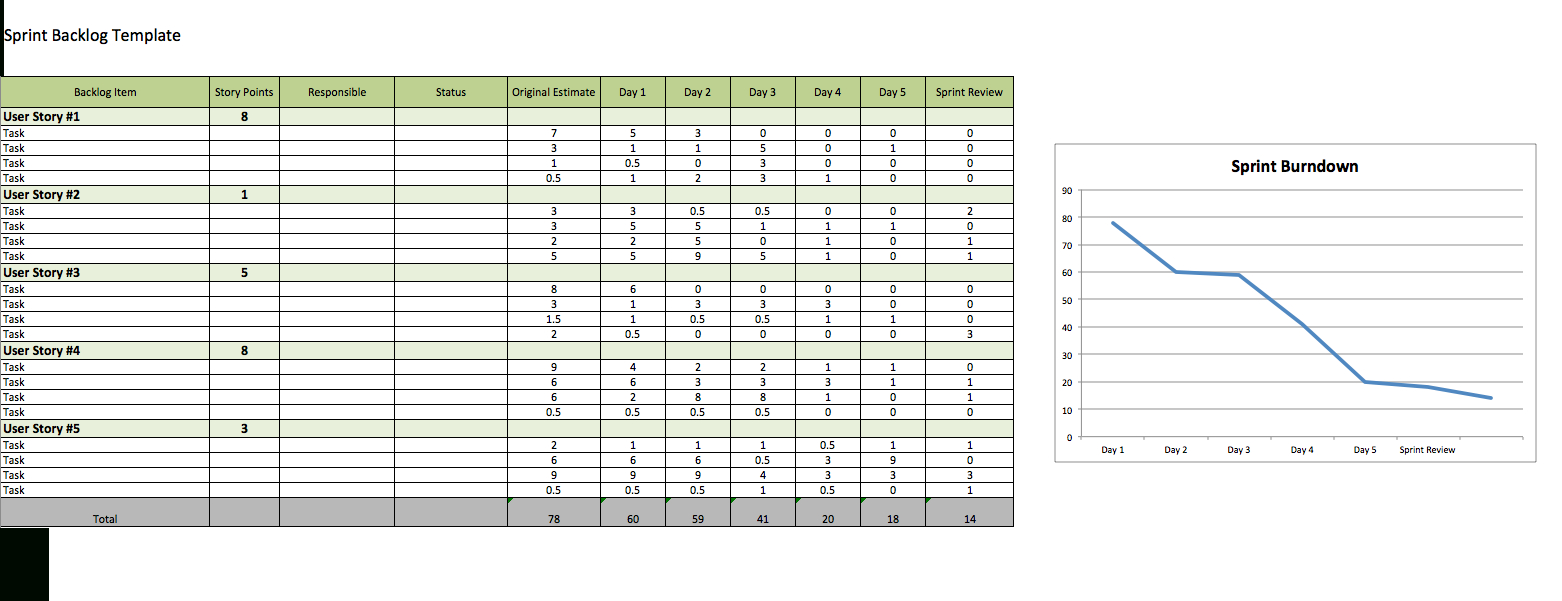
- #ORACLE CAPACITY PLANNING AND SIZING SPREADSHEETS MANUAL#
- #ORACLE CAPACITY PLANNING AND SIZING SPREADSHEETS SERIES#
So, you need to be careful about how and which operational patterns you are blocking. False positives may lead to denial of service for legitimate user operations, thereby leading to dissatisfied customers and penalties if your service level agreements are violated due to the denial. In any kind of pattern detection there are bound to be some false positives ( the SQL pattern is not actually problematic but is declared as problematic by the tool) and false negatives (the SQL pattern is actually problematic but is not identified as problematic by the tool).If the DAM tool fails or is compromised, then there is no line of defense.
A comprehensive database security implementation would require some proactive measures as well. they act after the specified event takes place.

There are several DAM tools available in the market.
#ORACLE CAPACITY PLANNING AND SIZING SPREADSHEETS MANUAL#
Apart from the effect on database performance efficiency, manual audit maintenance also poses the following challenges. Hence, it is highly impractical to enable native auditing for all such DML or data access operation monitoring requirements, as data access and DML operations are very frequent operations and hence auditing the same will put considerable additional load on the database, thereby reducing the efficiency of the database operations for business. However, auditing is an additional process activated on the database so will contribute to the load on the database. One can enable the logging of such activities by using database native auditing features. PCIDSS requires all card operations to be monitored and logged which technical translates to all data manipulation operations (DMLs - INSERT, UPDATE, DELETE) to be logged or data privacy requirements demand that all access to privacy data is to be monitored leading to monitoring all SELECTs on the privacy data. Monitoring of all sensitive and critical database operations is required by many regulators or compliances e.g. These requirements pertain to several practical challenges for the database administrators.

The compliance requirements for database monitoring applicable to Indian Financial Organizations can be summarized as follows: Database Activity Monitoring Compliance Requirements: The detective controls for database are also called Database Activity Monitoring (DAM) controls by many regulations/ compliances. The introductory first article can be checked from
#ORACLE CAPACITY PLANNING AND SIZING SPREADSHEETS SERIES#
This is the second article in my series on Database Security that talks about “Detective Controls”. Database Security Series Part 2 Detective Controls - Database Activity Monitoring (DAM)


 0 kommentar(er)
0 kommentar(er)
